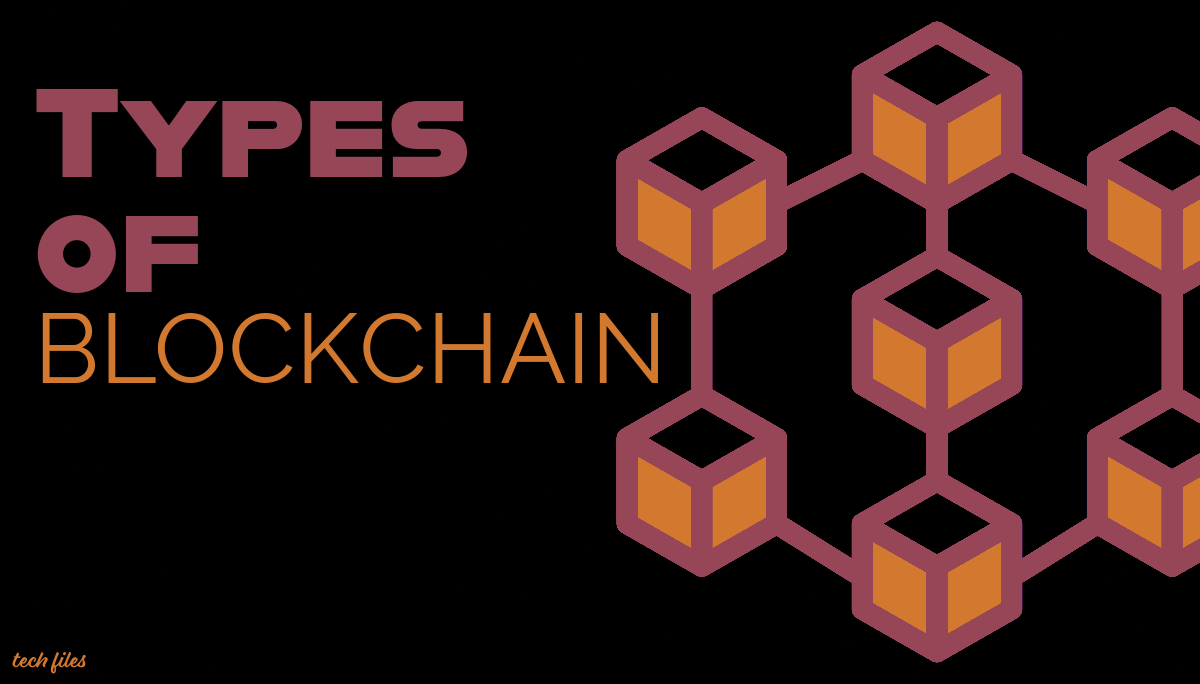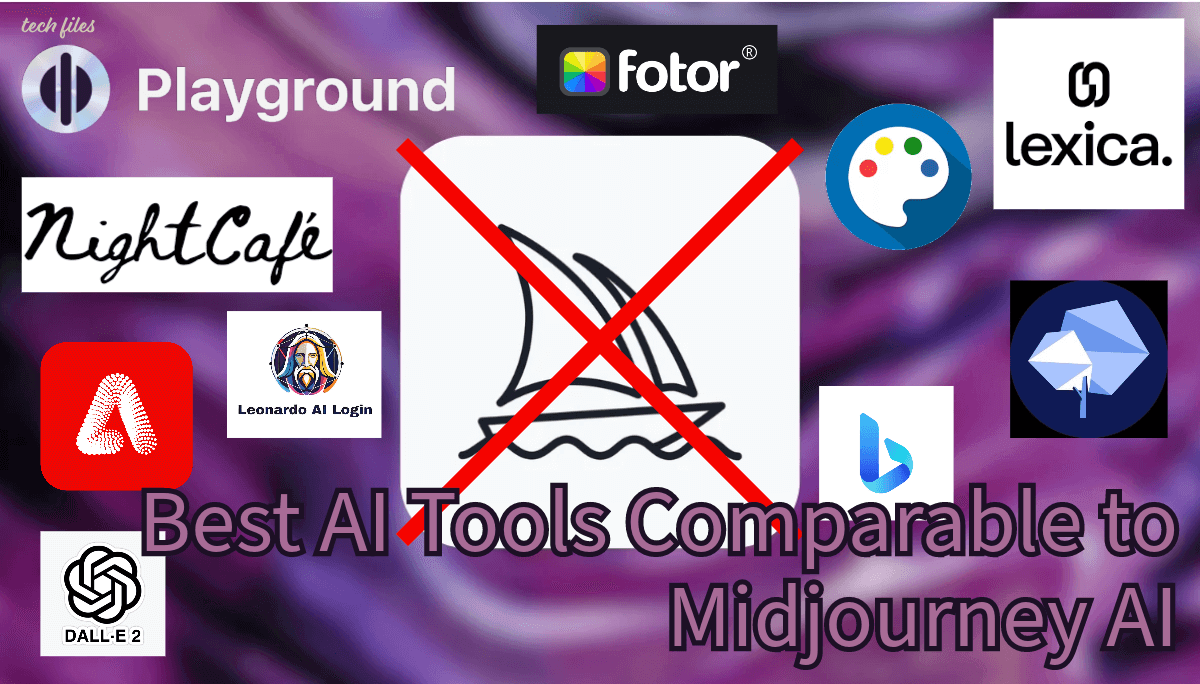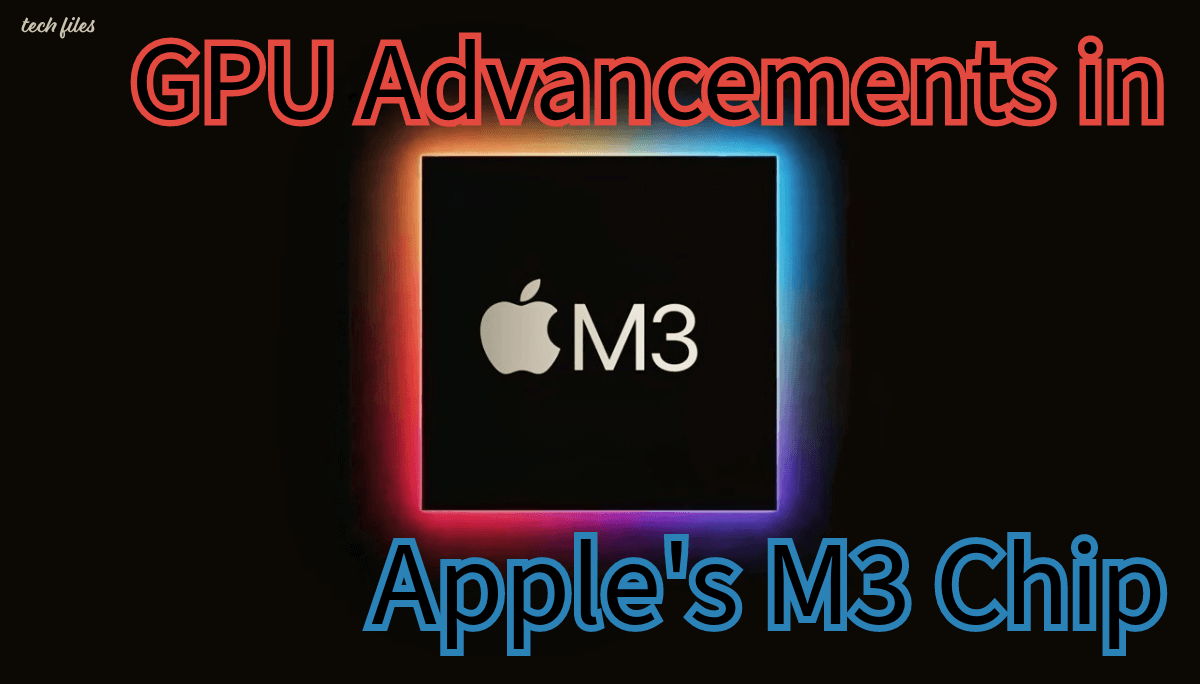Types of Blockchain: Exploring the Diversity and Potential of Distributed Ledger Technology

Blockchain technology has revolutionized various industries by offering secure, transparent, and decentralized solutions. While most people associate blockchain with cryptocurrencies like Bitcoin, the technology has evolved to encompass various types of blockchain networks. In this article, we will explore the different types of blockchain and their unique characteristics, applications, and benefits.
1. Public Blockchain: The Power of Openness and Decentralization
Public blockchains are the foundation of distributed ledger technology (DLT). These decentralized networks allow multiple participants to maintain a shared, tamper-evident ledger known as the blockchain. The key characteristic of public blockchains is their open and permissionless nature, enabling anyone to join the network, participate in the consensus process, and validate transactions.
The advantages of public blockchains are numerous. Firstly, they eliminate the need for intermediaries, enabling peer-to-peer transactions without relying on a centralized authority. Additionally, public blockchains enhance security by storing data across multiple nodes, making it difficult for malicious actors to manipulate or corrupt information. The transparency of public blockchains promotes trust and accountability, as anyone can examine the transaction history and verify authenticity.
Public blockchains have applications beyond cryptocurrency, including supply chain management, voting systems, and healthcare records. Their openness ensures resilience and resistance to censorship, making them a powerful tool for industries seeking transparency and decentralization.
2. Private Blockchain: Enhancing Privacy and Scalability
Private blockchains have gained popularity due to their restricted access networks. These blockchains limit participation to a select group of participants, ensuring sensitive information remains secure and visible only to authorized individuals or organizations. This enhanced privacy and confidentiality make private blockchains suitable for businesses that require control over their data and protection against unauthorized access or tampering.
Another benefit of private blockchains is improved scalability. With fewer participants compared to public blockchains, private blockchains require fewer nodes to validate transactions, resulting in faster processing and improved performance. Moreover, private blockchains can be customized to meet specific organizational needs, allowing for more efficient and streamlined processes.
Private blockchains provide a secure and efficient solution for businesses that require distributed ledger technology with restricted access. They offer enhanced privacy, scalability, and control over data, making them a valuable option for various industries.
3. Consortium Blockchain: Collaboration for Trust and Security
Consortium blockchains operate under a collaborative model where multiple organizations work together to maintain and validate the blockchain. Unlike public blockchains, consortium blockchains are only accessible to a pre-selected group of participants, usually forming a consortium or alliance. This restricted access ensures a higher degree of trust and security within the network, making it ideal for industries that require privacy and control over their data.
The power of consortium blockchains lies in their ability to foster collaboration and streamline operations among participating organizations. By sharing a common ledger, these networks enable seamless and transparent communication, facilitating efficient and secure transactions. Consortium blockchains find applications in various sectors such as supply chain management, finance, and healthcare, where multiple entities need to interact and rely on shared data.
The shared infrastructure of a consortium blockchain allows for improved interoperability, reducing the need for intermediaries and enhancing cost-effectiveness. With their emphasis on collaboration, consortium blockchains have the potential to revolutionize industries, providing a foundation for enhanced trust and efficiency in business processes.

4. Permissioned Blockchain: Controlled Access for Trust and Efficiency
Permissioned blockchains, also known as private blockchains, require participants to be granted access by the governing entity. This access control mechanism ensures that only trusted individuals or organizations can participate in the network and engage in transactions. By maintaining a restricted network, permissioned blockchains offer enhanced security, scalability, and privacy features.
One of the key benefits of permissioned blockchains is the ability to establish trust among participants. By carefully selecting who can join the network, organizations ensure that all parties involved are known and reliable. This trust factor reduces the risk of fraud or malicious activity within the blockchain, making permissioned blockchains particularly appealing for industries such as finance, supply chain management, and healthcare.
Access control allows for more efficient and targeted governance, enabling network owners to set rules and regulations that align with their specific requirements. Permissioned blockchains provide a controlled environment that fosters collaboration, transparency, and accountability while addressing the limitations of public blockchains.
5. Hybrid Blockchain: Combining the Best of Public and Private
Hybrid blockchains combine the benefits of both public and private blockchains. Organizations can leverage the advantages of a centralized private blockchain while still enjoying the transparency and security of a public blockchain. This unique synergy offers numerous advantages for businesses seeking to optimize their operations and enhance trust within their networks.
One key advantage of hybrid blockchains is the flexibility they provide in terms of scalability. Public blockchains often struggle to handle a high volume of transactions efficiently, leading to slow transaction times and increased costs. By incorporating a private blockchain into the hybrid model, organizations can process sensitive and high-frequency transactions privately, without impacting the public blockchain’s performance. This flexible architecture allows for seamless scalability, ensuring businesses can adapt and grow without compromising transaction speed or security.
Moreover, the public blockchain acts as a verifiable record, providing transparency and immutability to the private blockchain transactions. Hybrid blockchains offer a powerful solution for industries that require a balance between privacy and transparency, providing the best of both worlds.
6. Proof of Work Blockchain: Maintaining Security through Mining
Proof of Work (PoW) is a consensus algorithm used in blockchain networks to securely validate and authenticate transactions. Miners compete against each other to solve complex mathematical puzzles to add new blocks to the blockchain. Mining plays a vital role in the consensus mechanism of a PoW blockchain, maintaining the integrity and security of the network.
In a PoW blockchain, miners use computational power to continuously solve mathematical puzzles. The first miner to solve a puzzle and validate a block is rewarded with newly minted cryptocurrency as an incentive. This process secures the blockchain network and ensures consensus on the order and validity of transactions.
However, the energy-intensive nature of PoW mining has raised concerns about its environmental impact and long-term scalability. Researchers and developers are exploring alternative consensus mechanisms for more sustainable and efficient blockchain networks.
7. Proof of Stake Blockchain: Energy-Efficient Consensus Mechanism
Proof of Stake (PoS) is an alternative consensus mechanism that aims to address the energy consumption issue associated with PoW blockchains. Instead of relying on computational power, PoS selects validators to create new blocks based on the amount of cryptocurrency they hold and are willing to “stake.” This mechanism eliminates the need for energy-intensive mining operations, significantly reducing the environmental impact of blockchain technology.
PoS achieves a higher level of energy efficiency by relying on economic incentives. Validators are selected in a deterministic manner, proportional to the number of coins they hold and are willing to lock up as collateral. This selection process encourages network participants to act in the blockchain’s best interest, as any malicious behavior would result in the loss of their staked coins.
PoS allows blockchain networks to run on regular consumer hardware, making it more accessible and cost-effective. This energy-efficient consensus mechanism promotes a sustainable future for the industry while maintaining security and decentralization.
8. Delegated Proof of Stake Blockchain: Decentralized Governance and Security
Delegated Proof of Stake (DPoS) is a consensus mechanism where a limited number of pre-selected validators are responsible for maintaining the network, validating transactions, and creating new blocks. Token holders elect these validators through a voting process, making the consensus mechanism more democratic and decentralized.
Validators play a crucial role in the functioning of DPoS blockchains. They verify transactions, prevent double-spending, and confirm the validity of new blocks. Validators are incentivized to act honestly and fairly, as their reputation and rewards depend on their performance. By participating in the consensus process, validators contribute to the overall stability and efficiency of the blockchain network, facilitating secure and trustless transactions.
DPoS offers a robust governance model that promotes transparency, decentralization, and accountability. The involvement of multiple organizations or entities in decision-making ensures fair and inclusive processes, fostering trust, collaboration, and innovation in the blockchain ecosystem.
9. Federated Blockchain: Decentralized Governance for Transparency and Scalability
Federated blockchain is an emerging technology that has gained attention for its decentralized governance models. Unlike traditional blockchains where governance decisions are made by a single entity or a small group of participants, federated blockchain allows multiple organizations or entities to collectively decide on the rules and protocols of the network. This decentralized approach brings several advantages, including increased transparency, enhanced security, and improved scalability.
Federated blockchain provides a transparent and accountable governance system. With multiple organizations involved in decision-making, there is a greater level of transparency as each participant has a stake in the network. This prevents any single entity from manipulating the system or making decisions that solely benefit themselves.
The decentralized governance models in federated blockchain ensure fair and inclusive decision-making processes, allowing all participants to have a say in the network’s development and evolution. This fosters trust, collaboration, and innovation in the blockchain ecosystem, paving the way for a more transparent and scalable future.
10. Sidechain: Scaling Solutions for Enhanced Blockchain Performance
A sidechain is a concept in blockchain technology that offers a solution to the scalability challenges faced by traditional blockchain networks. It provides an additional layer where transactions can be processed separately, reducing the burden on the main blockchain. By enabling the transfer of assets between the main chain and sidechain, sidechains increase transaction throughput and reduce confirmation times.
Sidechains offer the flexibility to support different consensus mechanisms and rules compared to the main blockchain. This versatility allows developers to experiment with new technologies, implement custom features, and create specialized applications tailored to specific use cases. By offloading certain tasks to sidechains, the main blockchain can focus on its core functionalities while maintaining a higher level of security and decentralization.
As sidechains continue to evolve, they present exciting possibilities for addressing the scalability limitations of blockchain networks and unlocking new opportunities for innovation in various industries.
Conclusion
Blockchain technology encompasses various types of networks, each with its unique characteristics, applications, and benefits. Public blockchains provide openness and transparency, while private blockchains offer enhanced privacy and scalability. Consortium blockchains foster collaboration and streamline operations among multiple organizations, while permissioned blockchains provide controlled access for trust and efficiency. Hybrid blockchains combine the best of both worlds, and sidechains offer scalable solutions for enhanced performance.
The consensus mechanisms of proof of work, proof of stake, delegated proof of stake, and federated governance models ensure security, decentralization, and accountability. Each type of blockchain brings its own advantages and applications, paving the way for a more transparent, secure, and efficient future.
As blockchain technology continues to evolve, it is crucial to understand the diverse types of blockchain and their potential to revolutionize industries and transform the way we interact, transact, and collaborate. Embracing the power of blockchain can unlock new opportunities and drive innovation across various sectors.













Sharing is caring!